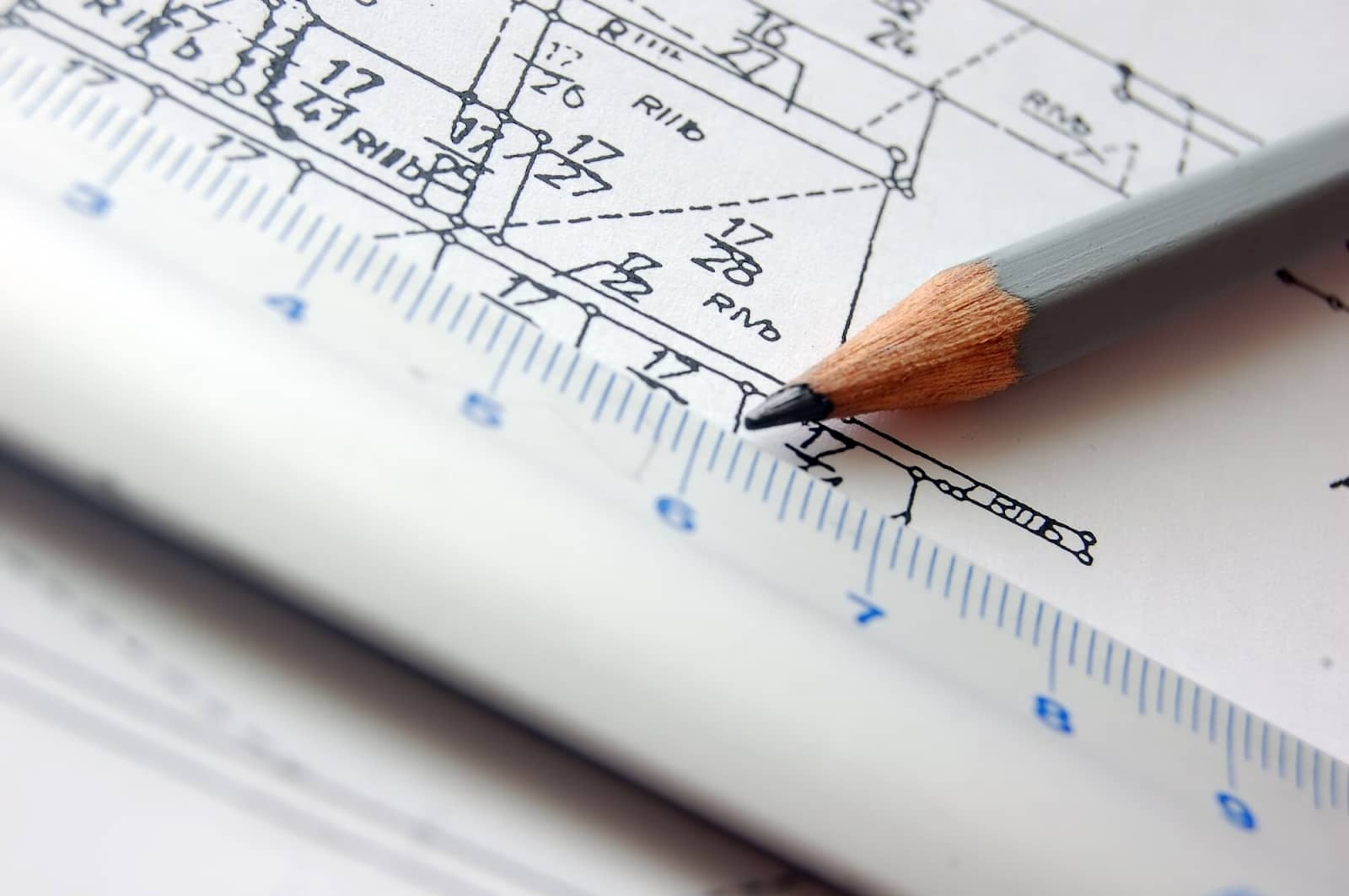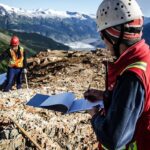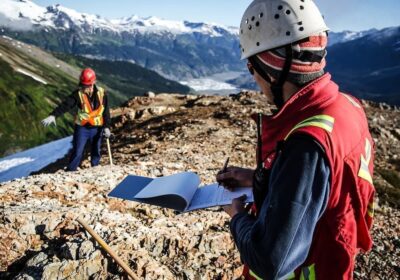
Exploring Geological Modeling: Beyond Blueprints
The world of geological modeling often walks hand in hand with investment, sharing a common trajectory and objective. Geological modeling is an intricate discipline that enthralls many with its inherent elements of artistry and digital sophistication. Undeniably, the allure of a meticulously conceptualized virtual design and the breathtaking impact of 3D visualization are characteristics that captivate the interest of many.
What is Geological Modeling and its Comparison to Blueprints?
The process of creating a geological model significantly differs from creating an architectural blueprint. Chiefly, a geological model will never match a blueprint in terms of precision, even after exhaustive drilling exercises. Rather, geological models should be perceived as experimental apparatus—akin to sculpting landscapes within a sandbox. Its core appeal lies in uncovering and scrutinizing the uncertainties that lie beneath the Earth’s crust.
- Geological Models are experimental apparatus;
- They are instruments for exploring uncertainties;
- They inherently differ from architectural blueprints.
While visually compelling representations produced by geological models are indeed captivating, they may inhibit the understanding of their true potential. These graphical representations may sometimes be overly convincing, leading stakeholders to misconceive them as absolute truths or precise blueprints.
The Quest for Precision vs. Appreciation for Uncertainty in Geological Modeling
Oftentimes, stakeholders like managers, drillers, completional experts, and even geoscientists primarily seek a more precise blueprint of the subsurface. This perception limits them to the role of designers and creates conflict when the geological model fails to accurately predict future observations. However, unlike blueprints, models should inherently encapsulate uncertainties and simplify assumptions.
- Geological Models should include uncertainties and assumptions;
- The quest for precision can often lead to limitations;
- Understanding the difference between accuracy and precision.
The geological assumptions of designers are often widely accepted and enthusiastically endorsed by the industry due to several factors. One key factor is the lag in scientific advancements keeping pace with technological progress. Another is our inherent preference for quick, straightforward, and easily understood explanations. Sadly, the complex wonders of geology do not lend themselves to such simplistic reductions.
Embracing Uncertainty, the Heart of Geological Modeling
In the face of the unknown, it’s human nature to seek solace in a single solution. Dealing with uncertainties is more challenging than ignoring them, and a precision model seems more appealing than a range of probable solutions (despite precision and accuracy not necessarily being coincident). Opting for a blueprint-like model, rigid and tightly constrained, seems relatively easier as it relieves us from the pressing ‘what ifs’.
- Embracing uncertainties is at the heart of geological modeling;
- Precision and accuracy are not synonymous in this context;
- The importance of entertaining ‘what if’ scenarios.
However, the true essence of geological modeling lies in exploring these uncertainties and questioning assumptions. For instance, pondering over diverse scenarios such as a 20m fault throw instead of a 10m one, or considering the possibility of an oil reservoir instead of a water one, or contemplating on the likelihood of an increased pore pressure downdip.
Conclusion
In summing up, it’s crucial to perceive geological modeling not just as a meticulous blueprint akin to the certainty often found in comic book science, but as an opportunity for exploration and questioning. The pursuit of precision, much like the fantastical resolutions in comic book narratives, often overshadows the inherent uncertainties and assumptions within these models, limiting their potential for discovery. Hence, embracing uncertainty, exploring various possibilities, and continuous iteration form the cornerstone of effective geological modeling. It’s high time we move away from rigid constraints and delve deeper into the intricacies, questions, and wonders that geological modeling presents. This approach fosters a more dynamic and fruitful understanding of the world beneath us, stepping beyond the simplified and absolute answers often celebrated in comic book science to embrace the complex reality of our planet.

















